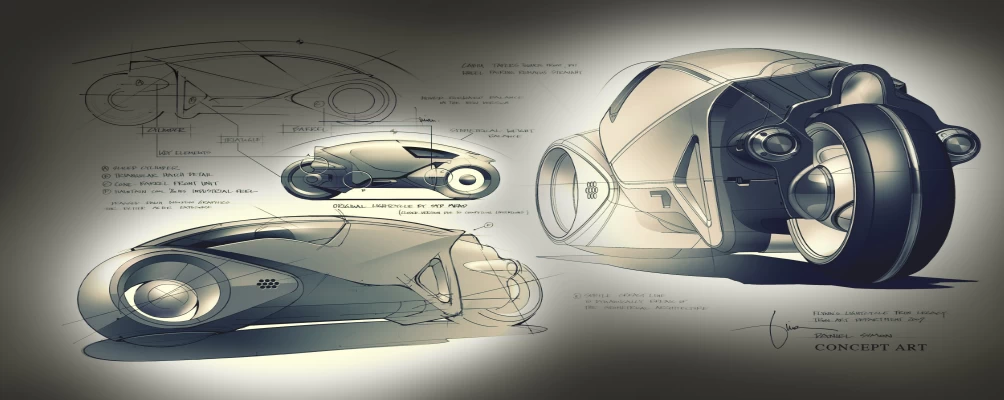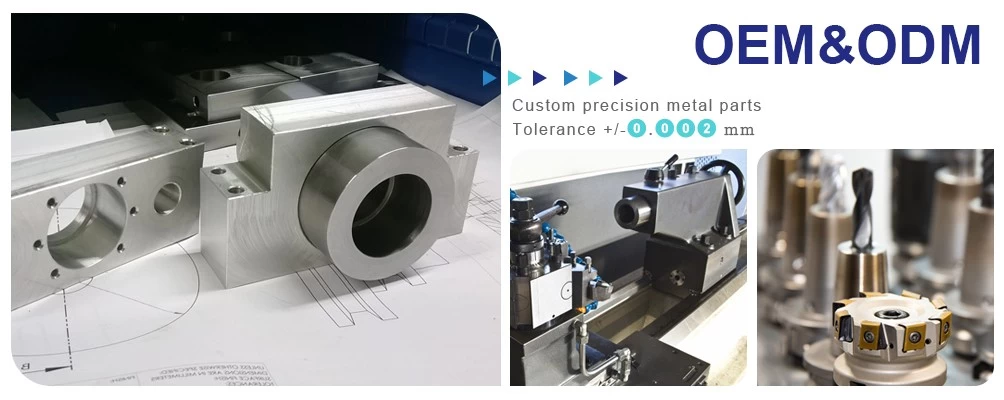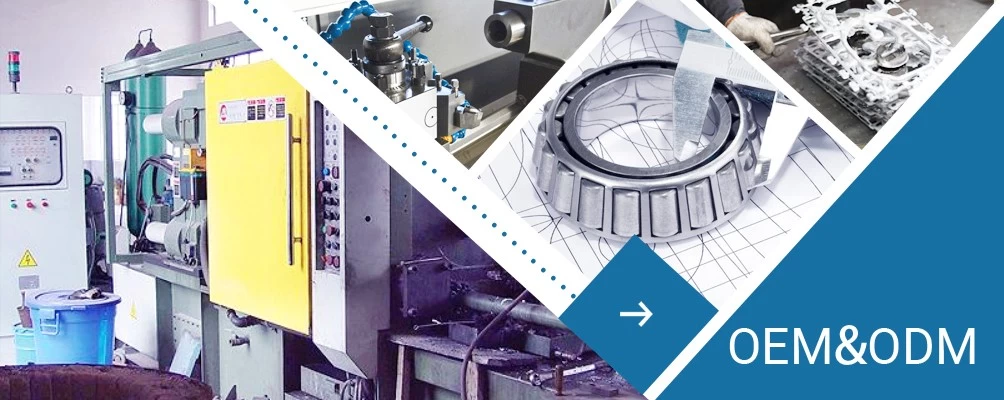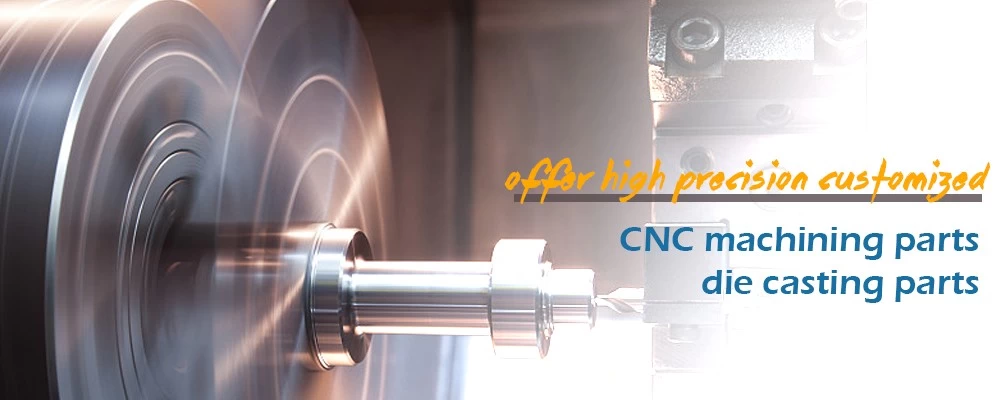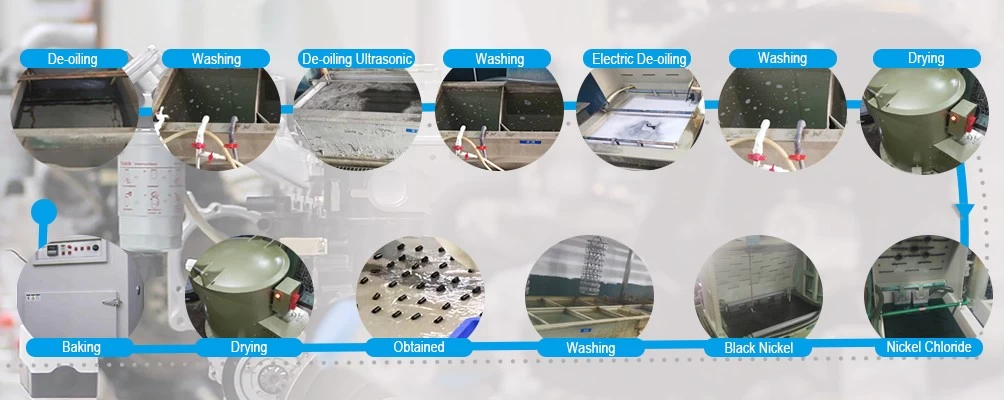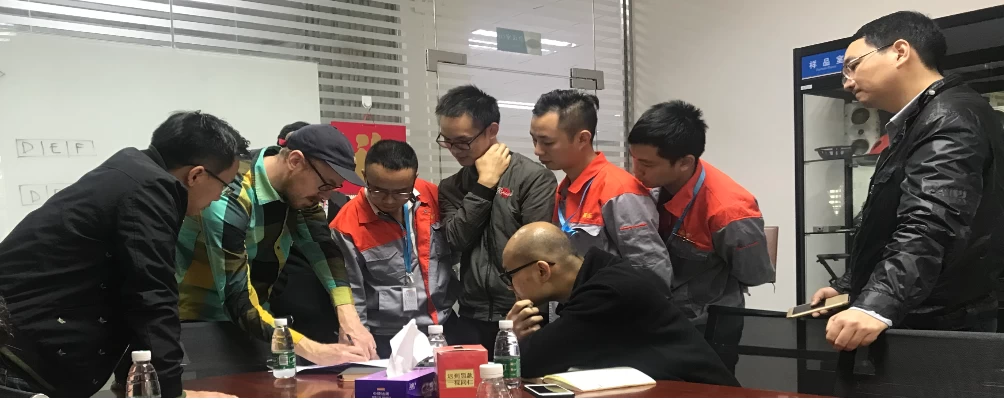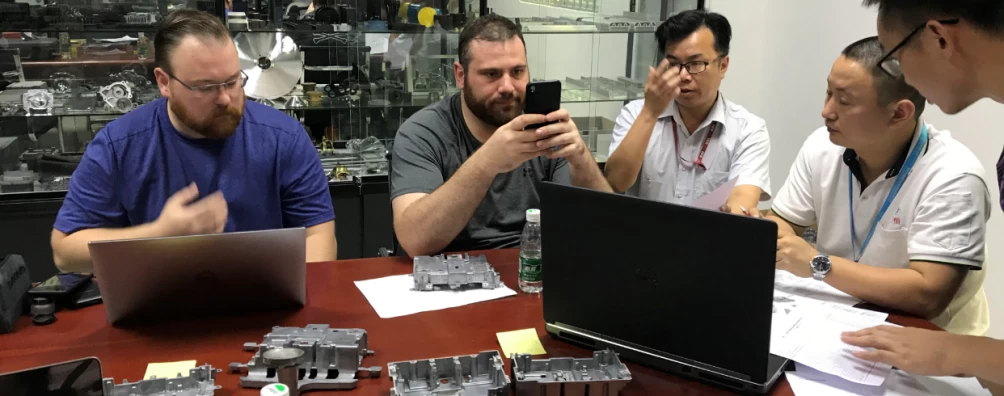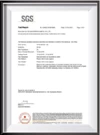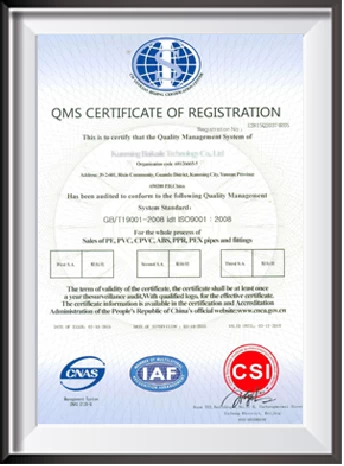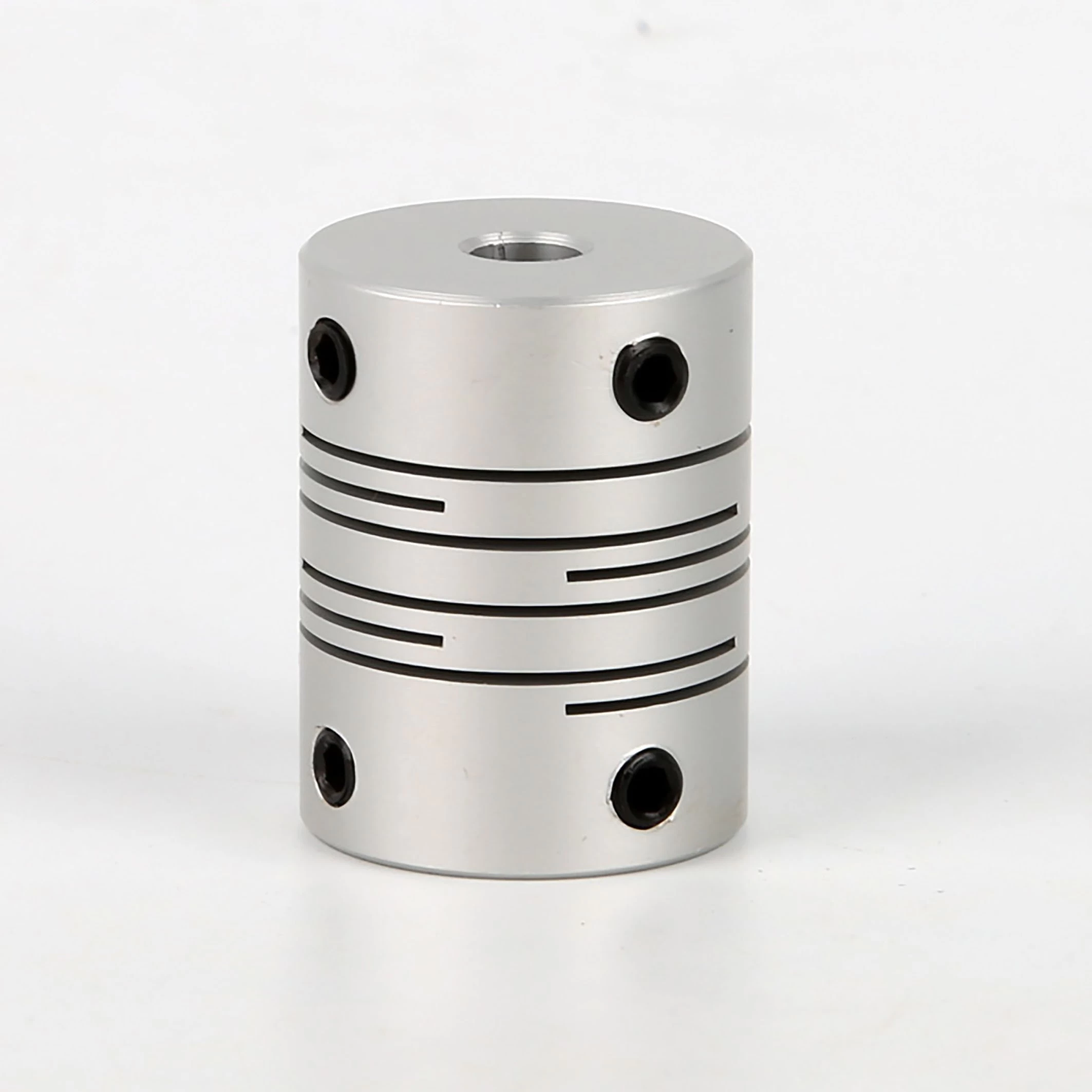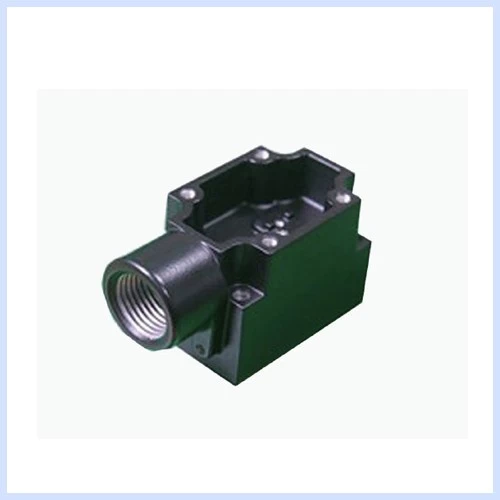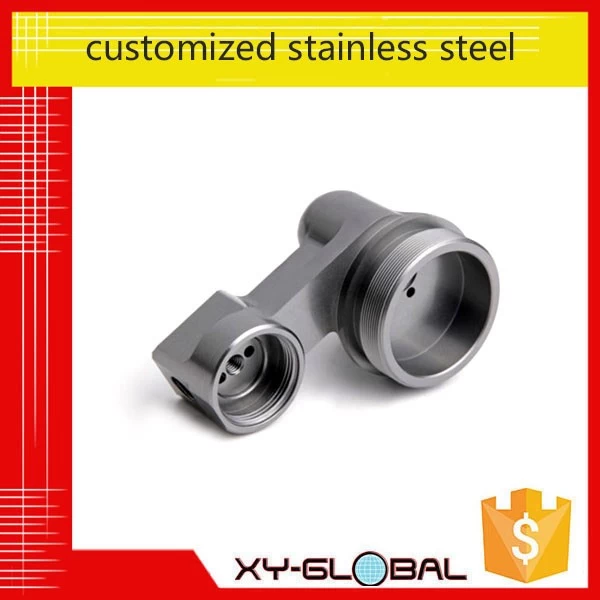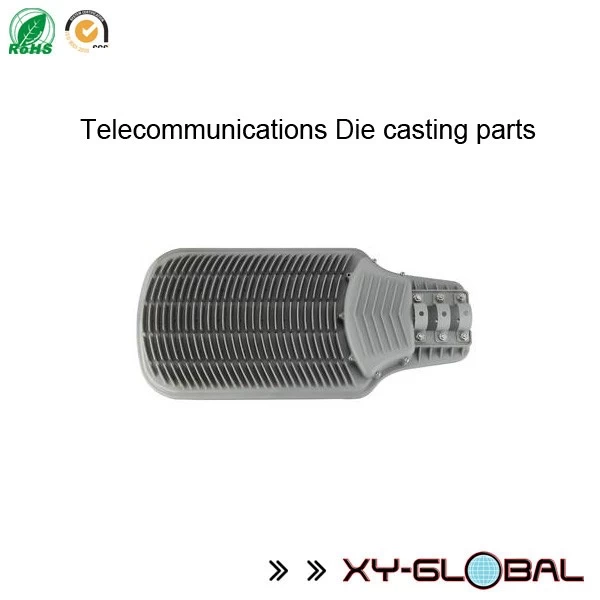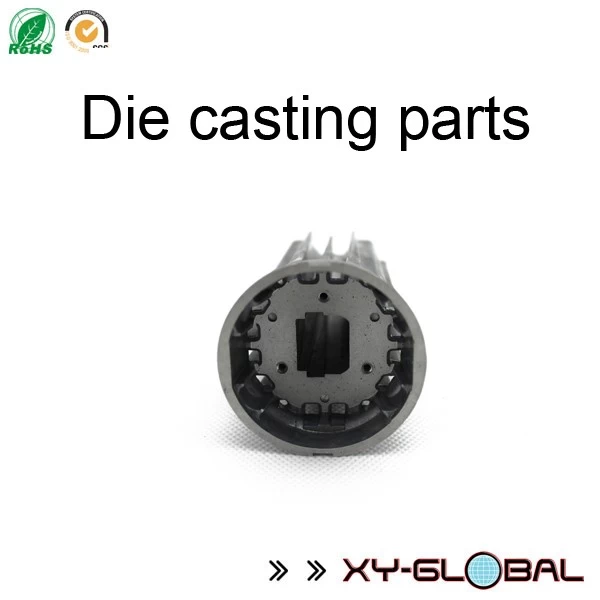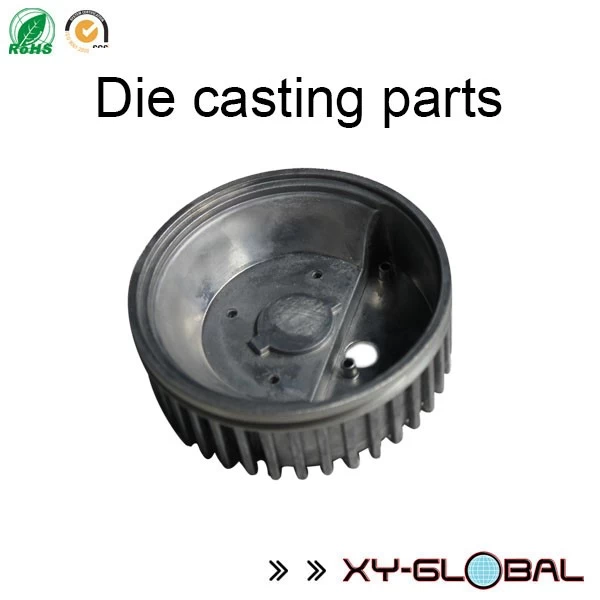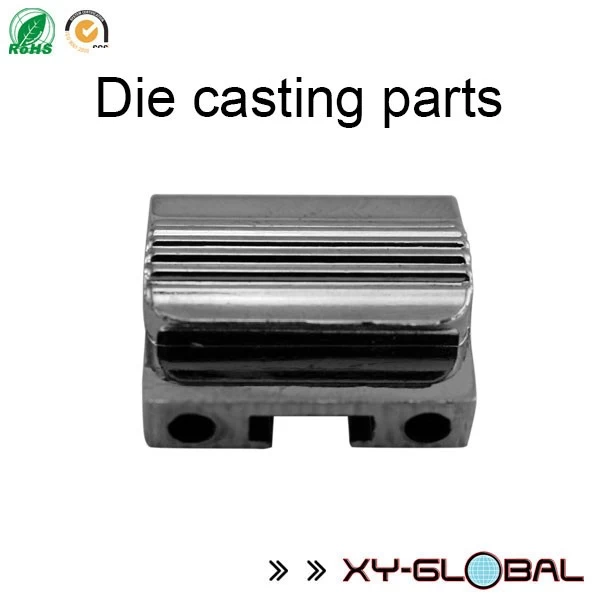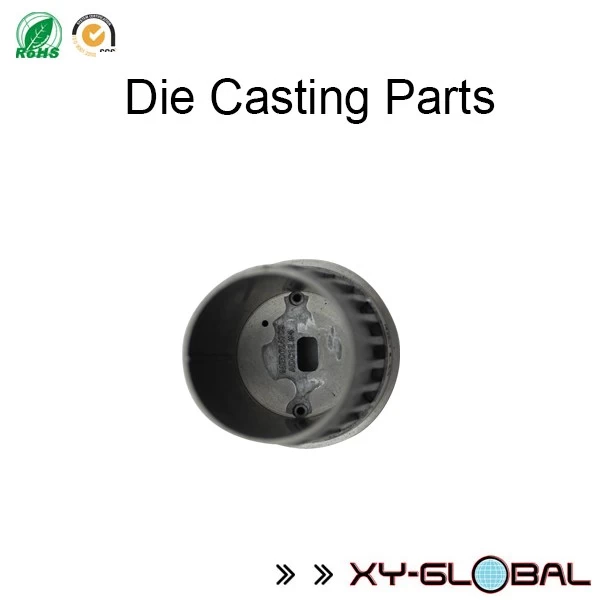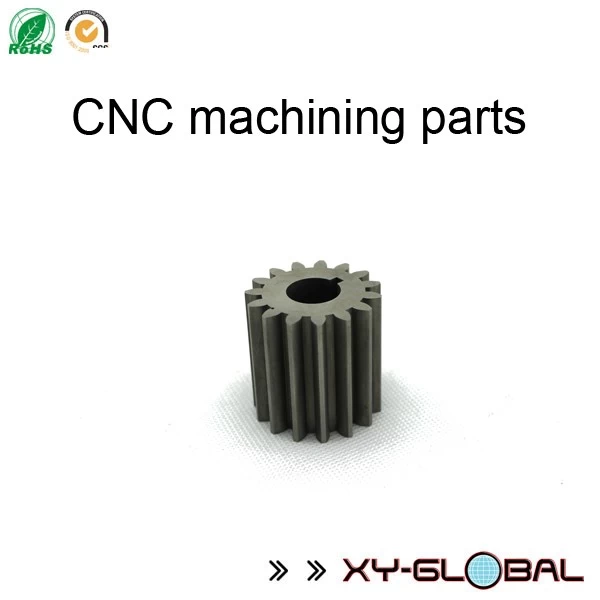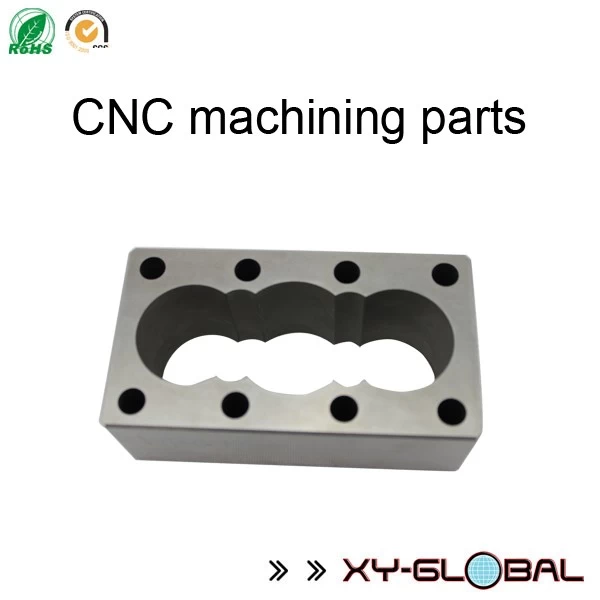Influence of mold temperature on molding of plastics
liuweiqiong
liuweiqiong
2017-09-22 21:34:15
In plastic processing, mold temperature is an important variable that needs to be controlled. Perfect temperature control can reduce injection molding unit cost. Improve the quality of products, ensure the correct replication of plastic surface, ensure the uniformity of shrinkage. Therefore, mold temperature control must be optimized.

In general, the increase in mold temperature will reduce the plastic in the cavity in the morning condensation layer, so that molten material in the cavity more easy to flow, so as to obtain greater weight and better surface quality. At the same time, the increase of mold temperature will increase the tensile strength of the parts. Many die, especially engineering thermoplastics, operating at relatively high temperatures, if the mold without insulation, as much loss to the air and the heat on the injection molding machine can easily drain and the injection cylinder.

So heat the mold and the board, and heat the surface of the mold if possible. If a hot runner mold is considered, heat exchange between the hot runner portion and the cooled injection molded part is attempted. This approach reduces energy loss and warm-up time.
The effect of temperature control on formability, as well as the shape of the moldings, the physical properties of the material, the forming cycle, and so on, are considerably affected by the die temperature.

In general, the increase in mold temperature will reduce the plastic in the cavity in the morning condensation layer, so that molten material in the cavity more easy to flow, so as to obtain greater weight and better surface quality. At the same time, the increase of mold temperature will increase the tensile strength of the parts. Many die, especially engineering thermoplastics, operating at relatively high temperatures, if the mold without insulation, as much loss to the air and the heat on the injection molding machine can easily drain and the injection cylinder.

So heat the mold and the board, and heat the surface of the mold if possible. If a hot runner mold is considered, heat exchange between the hot runner portion and the cooled injection molded part is attempted. This approach reduces energy loss and warm-up time.
The effect of temperature control on formability, as well as the shape of the moldings, the physical properties of the material, the forming cycle, and so on, are considerably affected by the die temperature.

